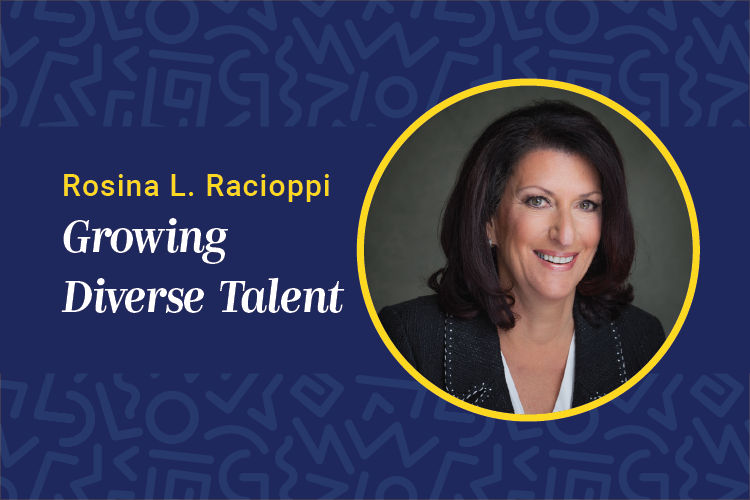 More and more research highlights the enduring benefits to both women and their organizations of developing female talent early. Leadership development at the start of a woman’s career is proving to be a major contributor to greater numbers of women reaching the C-suite.
More and more research highlights the enduring benefits to both women and their organizations of developing female talent early. Leadership development at the start of a woman’s career is proving to be a major contributor to greater numbers of women reaching the C-suite.
A recent KPMG study of more than 3,000 women found that early development of leadership skills boosted women’s confidence and competence. Eighty percent of respondents to the study believe that the most important time to support a woman’s career development is in her 20s.
In my years working with major organizations, I’ve found that budgets for female talent development are mostly allocated to the midcareer level. No doubt, it’s needed and warranted because that’s where organizations see a large drain of female talent. However, the need to start earlier is undeniable. As the KPMG study shows, by midcareer, women have formulated points of view about themselves and their organizations that are often hard to undo.
So, how can organizations direct much-needed attention to leadership development of early-career women? The following six strategies have proven successful for a wide cross section of corporations.
First, formulate a systematic and organizationwide approach for identifying female talent at the earliest career stages. Ensure that these women are aware of their value to the organization through both formal and informal leadership development initiatives.
Second, it’s important to involve managers in helping early-career women build their confidence and competence through honest feedback. Numerous studies show that women usually do not receive the same career-advancing feedback as their male colleagues.
Next, help female talent understand early that relationships matter for career growth and development. Research shows that young women are much less likely than their male counterparts to seek out mentors and sponsors. Organizations need to provide their talented young women with strategies for developing these relationships early on, as well as help them understand the differences between mentors and sponsors, their varying roles and how to engage each.
Next, ensure more women have positions with P&L responsibility. As Rebecca Ray and Beatrice Grech-Cumbo point out in their article, “Tactics to Advance Women in the Leadership Pipeline,” “Once they [organizations] have identified potential future top talent, they can take steps to fast-track them, which can include exposing them to core business functions including operations and finance. These are two areas in which women are less likely than men to get organically exposed.”
Fifth, provide stretch assignments. The importance of this strategy is underlined in research conducted by both Catalyst and Korn Ferry. In each survey, high-achieving women indicated stretch assignments were their most valuable development experience. Unfortunately, since women are often judged by performance rather than potential, they are frequently overlooked for these opportunities, especially early on in their careers.
Finally, connect young female talent with senior women business leaders. In the KPMG study, 67 percent of respondents indicated they had learned the most important lessons about leadership from other women. Eighty-two percent believe access to and networking with female leaders will help advance their careers. Additionally, numerous surveys have shown that women are more likely to stay in an organization when they can point to other women at the highest leadership levels.
At my organization, I see firsthand the value of starting leadership development early. Looking at the graduates of our IMpower development experience for early-career women, a clear majority have displayed greater confidence and competence; developed into more agile leaders and innovative thinkers; and become less risk averse and better decision-makers.
Almost 10,000 baby boomers are retiring every day, making the need to replenish the talent pipeline urgent and immediate. The best place to start is at the beginning — the beginning of talented women’s careers.















